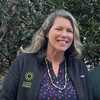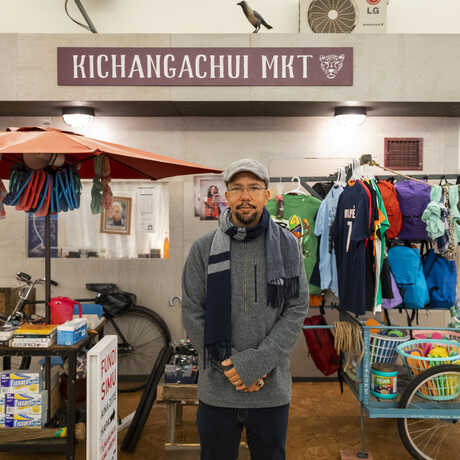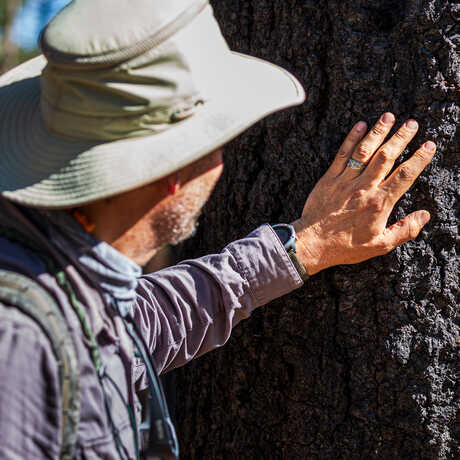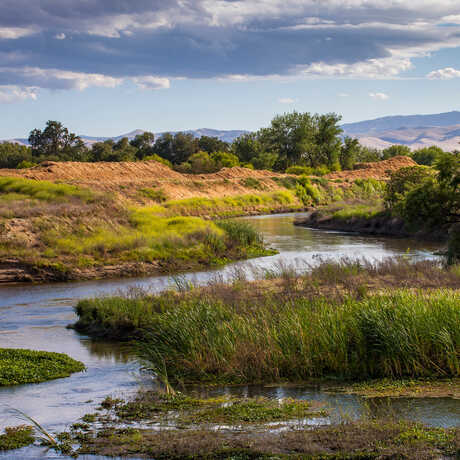Meet the Writer and Activist Fusing Indigenous and Western Science
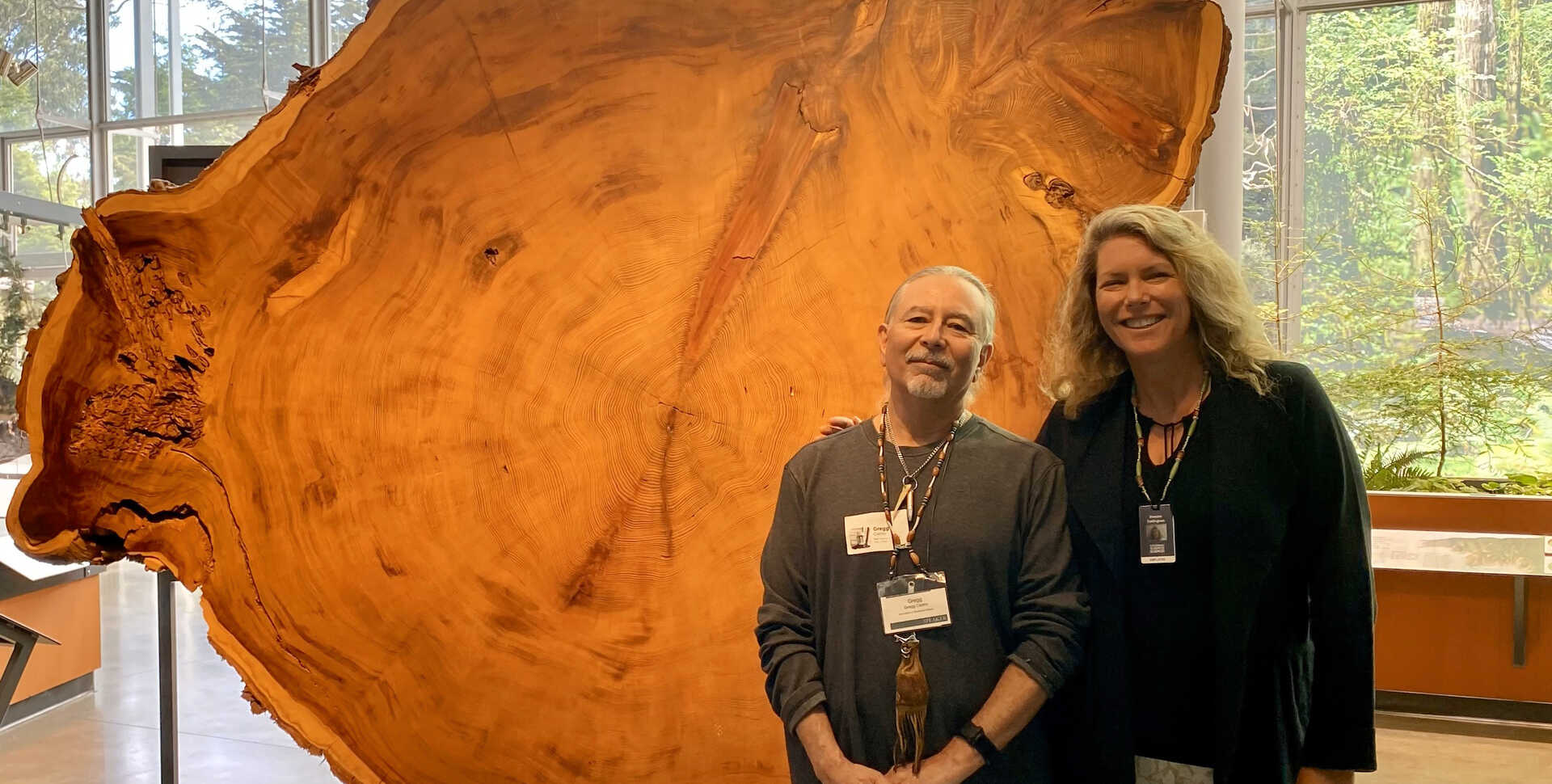
Shannon Tushingham, PhD, is the Academy's Associate Curator and Irvine Chair of Anthropology.
November is Native American Heritage Month, a time to celebrate Indigenous communities, their histories, and present-day cultures. Yet centuries of removal, displacement, and erasure of Native culture and knowledge have fundamentally altered how researchers and the broader public understand topics such as California history and ecology.
As a museum and research institution, the California Academy of Sciences has long grappled with colonial legacies of natural history collecting and scientific knowledge—ranging from how researchers build and categorize cultural archives to how exhibit designers educate the public about Indigeneity on museum floors. In recent years, institutes have pursued deeper collaborations with Native groups as part of a growing effort to reframe how we value and communicate different forms of scientific knowledge.
This month, I sat down with Gregg Castro, cultural director of the Association of Ramaytush Ohlone (ARO), to discuss the importance of Indigenous perspectives in museum spaces, scientific research, and climate change advocacy.
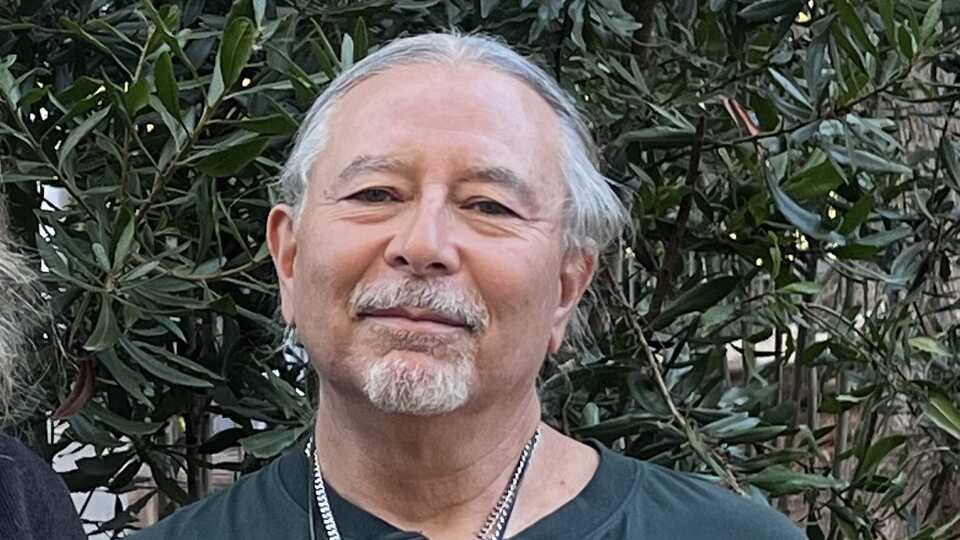
With more than 30 years of experience as a cultural consultant, writer, and activist, Castro has worked with numerous Bay Area institutions including the Academy, the de Young Museum, and the Exploratorium, where he was an Osher Fellow in 2021.
Castro is also the co-facilitator for the California Indian Conference, a forum for sharing knowledge related to the state’s Native communities, and the Chair of the Society for California Archaeology (SCA) Native American Programs Committee.
We are longtime friends and colleagues, having first met through the SCA when I was a Tribal Historic Preservation Officer and a grad student, and more recently when I was on the SCA Board. We have worked together over the years on Native American Heritage Month and other public education events, and have collaborated on projects to improve Native American representation in archaeology and science.
Hersha Tuhe! Greetings, I’m Gregg Castro. I’m T’rowt’raahl Salinan, Rumsen and Ramaytush Ohlone. The Ramaytush are the original people of the San Francisco peninsula, which includes this place—the Academy—where I’m sitting right now.
Ages ago, I came to your building because leadership had heard of our work, and I collaborated occasionally with the Academy leading up to exhibit projects. But it was really about two years ago that our relationship grew. Scott Sampson, the Academy’s executive director, wanted a deeper relationship with local Natives, and planned a meeting that kicked off our partnership.
Between myself and the Academy, we have now developed a different kind of collaborative relationship, rather than a “give-and-take” approach with distance. We’ve jumped in, so to speak, and I’ve gotten to know exhibits specialists and work more closely with people like you [Shannon Tushingham] at the Academy. Developing confidence and trust in our relationship is important, because I know I’ll be taken seriously, even if an idea for an exhibit or project is rejected.
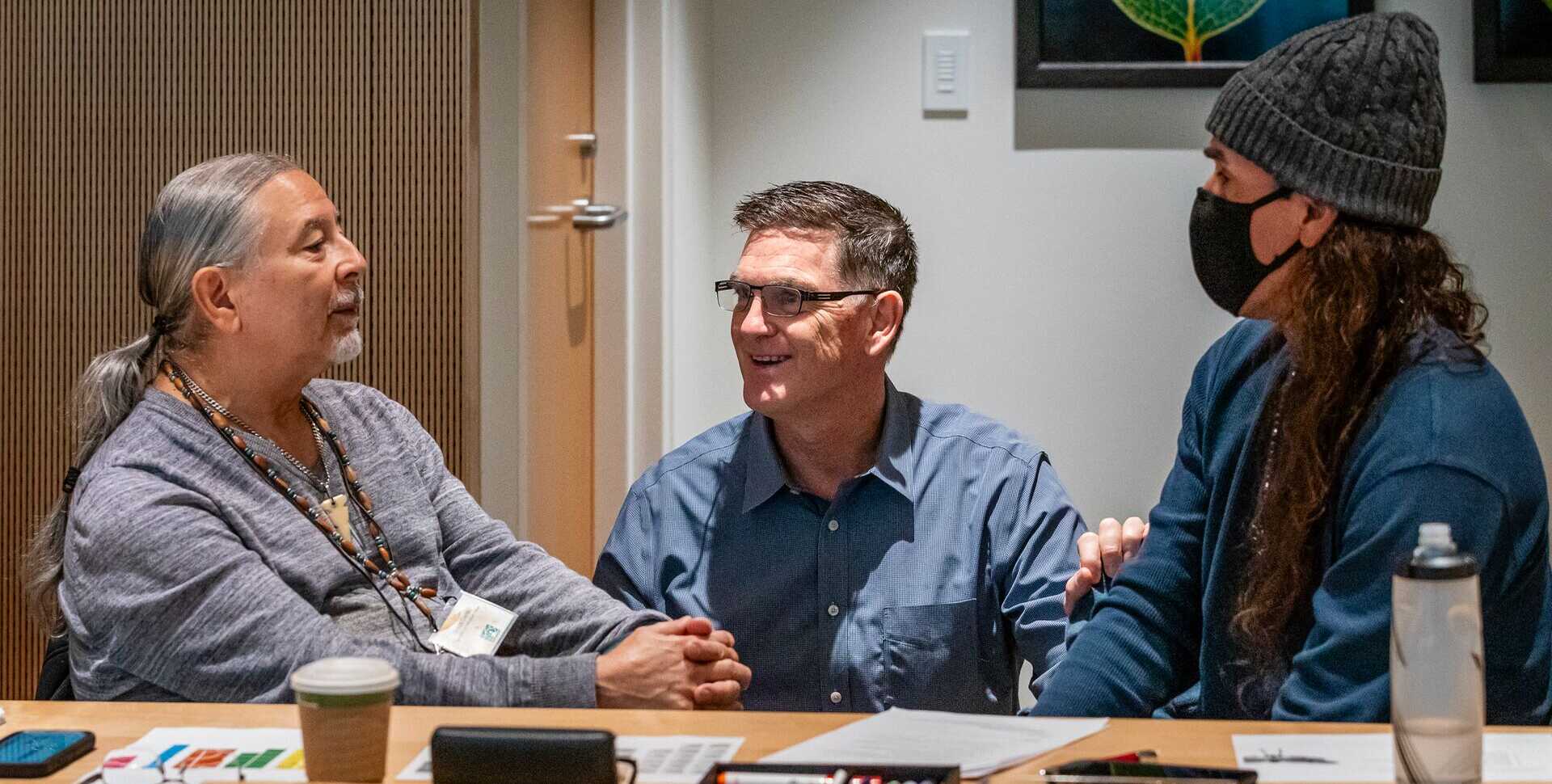
Growing up in San Jose, I was used to being out in nature when it was mostly orchards, seeing animals alive and not stuffed or taxidermied. Seeing that in many natural history museums is unnerving, because taxidermy is just not our way. We view these animals, or “Elder Relatives,” as family. It also has the taint of being a “trophy.” Not all Natives agree on this, and we certainly use our animal relatives for many things—but that is after thought, consideration, and expressed thankfulness that it will be done respectfully.
Even here, with the Academy’s Tusher African Hall exhibition, taxidermy is considered part of “tradition.” When cultural institutions try to make change, they have to talk to certain parts of their community that are used to older ways of showing animals and collections, such as taxidermy. It’s hard to address that, but it’s also a generational thing. Much has changed since I was a kid and since I started getting deeply involved in the Native community in the 1990s.
To younger people, for example, it’s a no-brainer to just talk to Indigenous folks, give them credence for their viewpoints. To them, that’s just the way we do things—but it hasn’t always been that way. There has been slow change, but there are still a lot who are not open to challenging “tradition.”
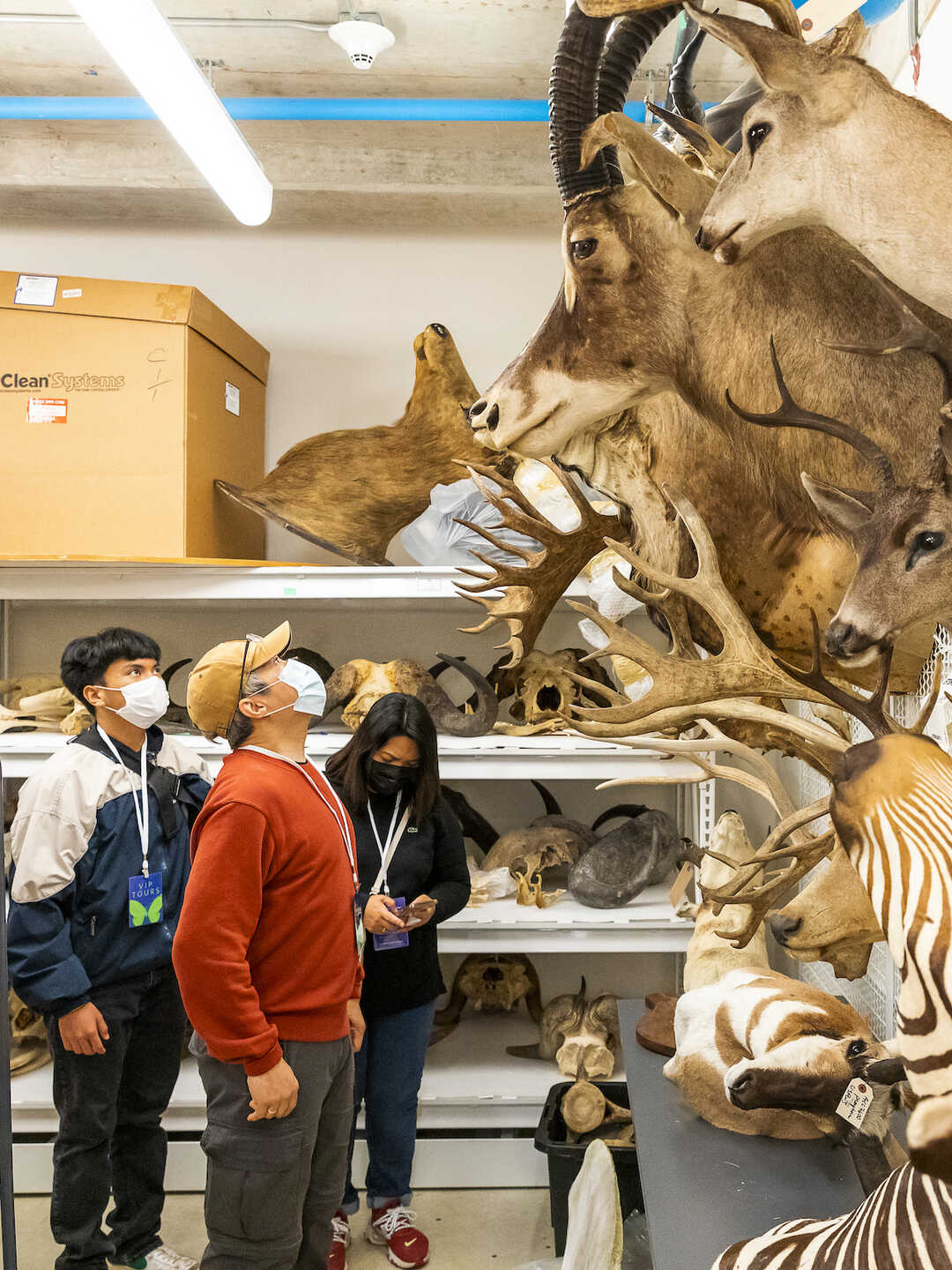
Yes. Beyond just the word “curriculum,” it’s the fundamental basic knowledge about the place they live. Californians are missing a whole chunk of history, often on purpose. Many young students are upset, because if our part of history wasn’t told truthfully—or even told at all—then what else are we missing? Challenging the existing curriculum goes beyond “learning” because it questions the whole institute itself.
We just don’t have the resources to educate everyone. Native people have allies in many places like the Academy, and we do small efforts—but it’s still something that’s wanting. If we get this right now, then my kids and grandkids won’t have to go through what I did.
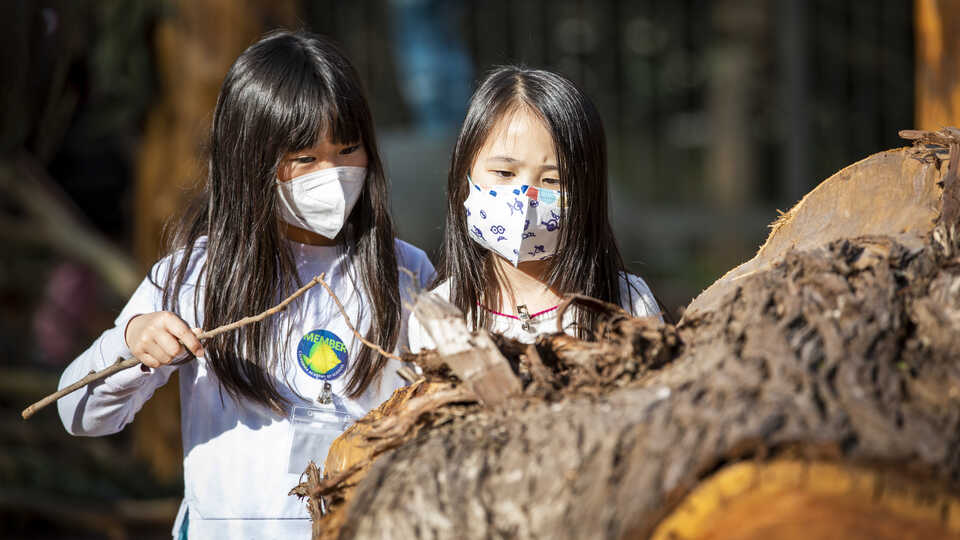
Wander Woods, the Academy's outdoor nature play space, encourages hands-on interaction with flora native to the region. Gayle Laird © 2022 California Academy of Sciences
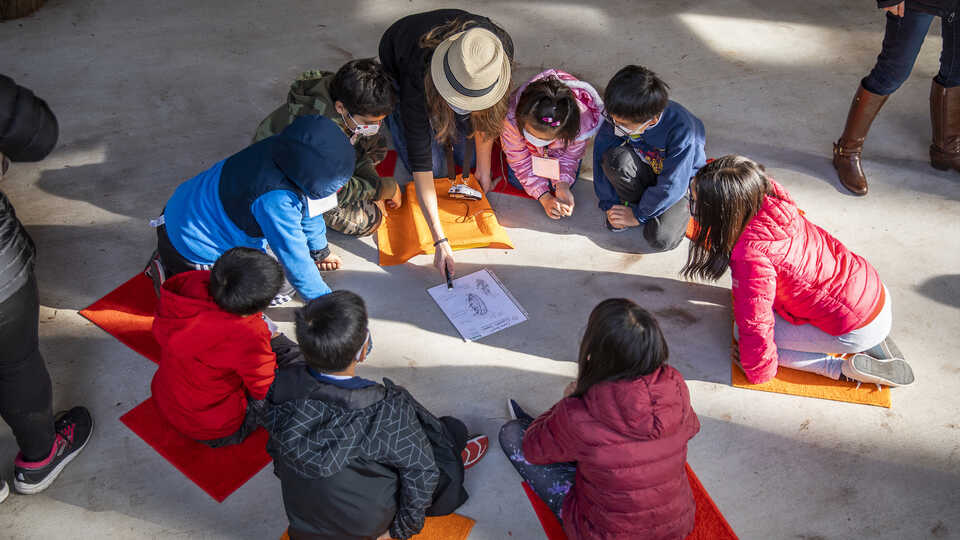
Students learn about California species in Wander Woods' outdoor classroom. Gayle Laird © 2022 California Academy of Sciences
I always laugh when I hear the phrase, “Traditional Ecological Knowledge.” It’s an acronym, so that’s how I know Western scientists will treat it as official. It describes traditional, ancient knowledge. It’s Indigenous Science, and I prefer that term.
Elders have always said that Indigenous Science is not any better or any worse; it’s just different. Modern science is all about dissecting, taking things apart, distilling things down to the smallest molecular level—that’s how you guys thought up weird things like quarks. It comes from Western science, that idea of being a detached observer standing above nature looking down.
But we put things together: Native people see things in aggregate, in a network, in relationship to each other. We aren’t apart from nature, either. That’s a fundamental viewpoint that we’re working on with the Academy: You can’t detach yourself from nature. You’re a part of it. So why don’t we just dive in, and learn what it means to be a part of that network?
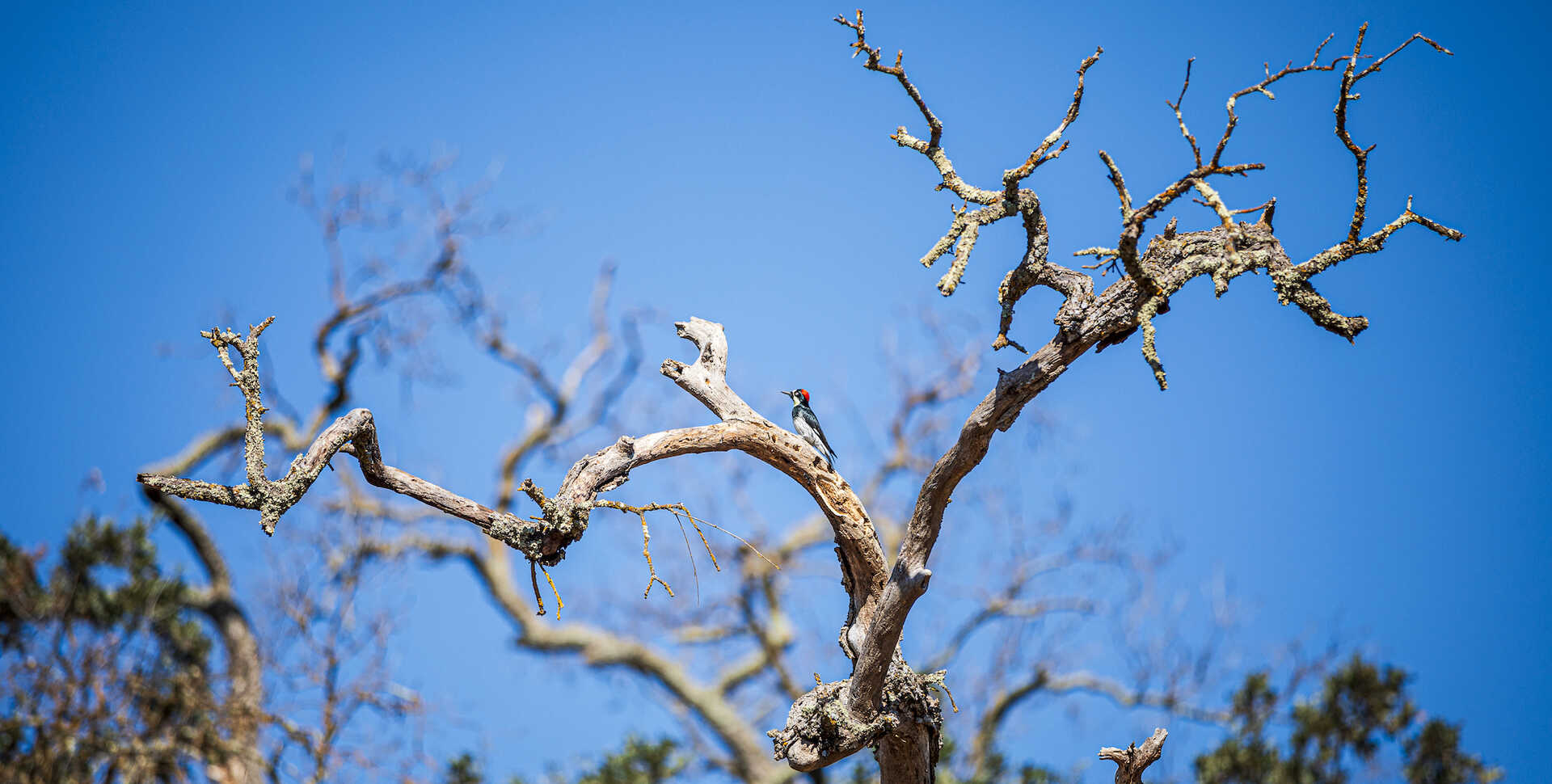
In this urgent time of climate crisis, we need to act fast but be thoughtful. In Pescadero, for example, I was involved in a project where locals reintroduced endangered salmon in the creek after 15 years of work. Farmland surrounded the creek, pesticides often flowed into the water, and drought and flooding hurt the salmon population. When Pescadero eventually released some 10,000 salmon into the creek, they hoped, statistically, that just 300 would survive.
With the salmon, there are consequences of just putting fish back in the creek—is it going to be good for the salmon? Does the ecological landscape now support the salmon, or are we just doing it to make ourselves feel good? That’s a valid question. One elder told me that because we have this idea of all life being valuable, respected, and even sacred, when you go out into a landscape and see invasive things or changing things, you don’t automatically yank them.
Many people have adapted since colonization to invasive or non-native plants and animals. During California’s mission era, in the early 1800s, you started seeing Native-made baskets with ceramic pieces instead of traditional abalone shells. Objects that would break in mission kitchens wouldn’t be tossed away, but kept and used in baskets. That, to us, is the way we do things. We need to bring that energy of regeneration and reuse forward now, finding a balance.
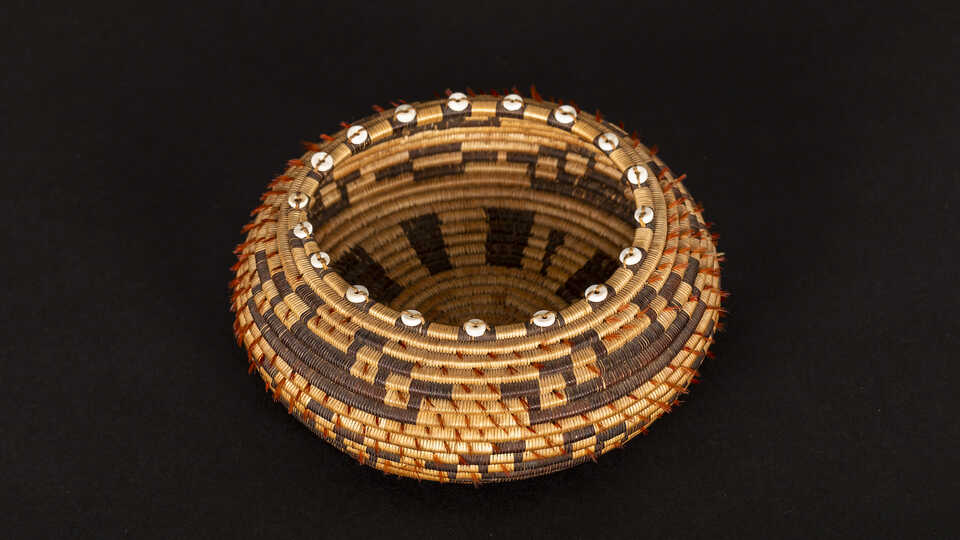
Several California Native communities specialize in basketry. This Pomo basket from the early 1900s is made from a variety of natural materials. Gayle Laird © 2023 California Academy of Sciences
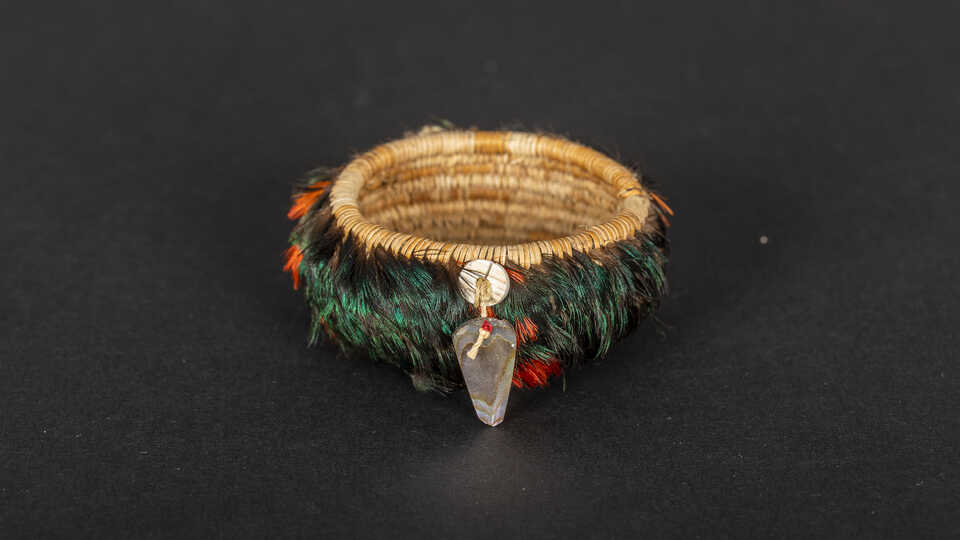
This petite Pomo basket is woven with green mallard duck and meadowlark feathers, and is framed by a pair of clam and abalone shell beads. Gayle Laird © 2023 California Academy of Sciences
Within the umbrella of California: State of Nature, one of the Academy’s upcoming exhibitions, we’ve been scheming: The exhibition will feature information about the Association of Ramaytush Ohlone and Indigenous perspectives, including my own. My grandson Matthew is also making a necklace for the exhibit.
With Wander Woods, we’ve been developing an interpretive strategy for that outside area. We’ve had ideas to grow native plants, maybe even some edible plants there. To me, that’s even more exciting: To have native plants grown on the native land that it used to grow on, in this specific area. And maybe, we can even offer them to the public so they can know what we ate, and see what they think.
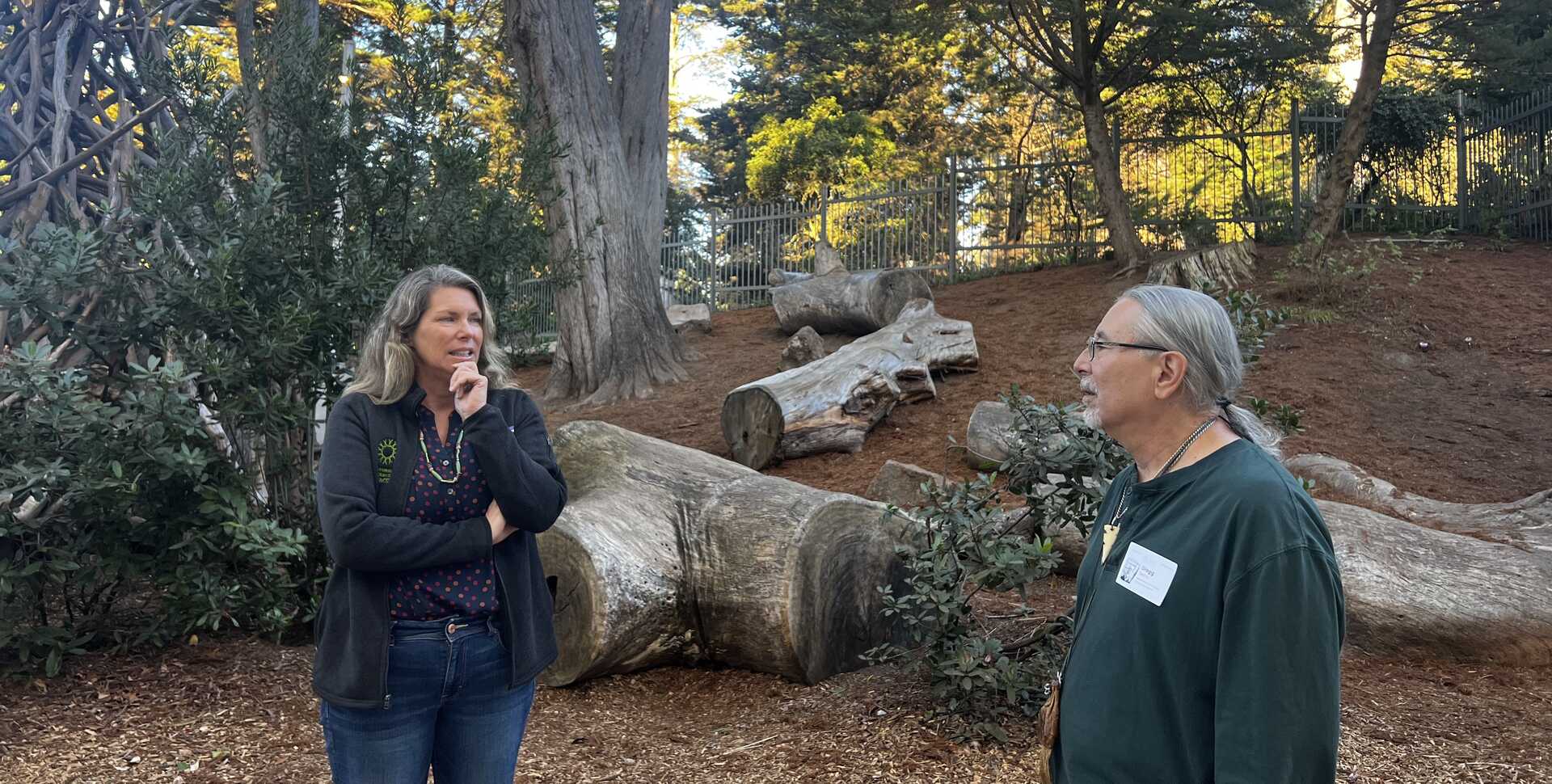
Refer to Indigenous People in the past, present, and future tense
Since colonization, there have been concerted efforts to erase Indigenous Peoples and their culture. However, descendants of these tribes are still here living on the land of their ancestors. Remember when referring to these tribes to acknowledge they have lived here for thousands of years, are still here, and will continue carrying on their rich cultural traditions.
Learn about the land you live on
Find the traditional stewards of the land where you live, work, and visit and support the efforts being undertaken by those communities to restore their culture.
Explore the work being done by ARO
Explore the countless projects ARO is guiding to restore biodiversity and habitats in San Francisco and the Peninsula.
Your donation will support the work of the Association of the Ramaytush Ohlone to provide services for Indigenous and other marginalized communities and to promote advocacy at the highest levels of government. They rely upon the generosity of individual donors like you.
